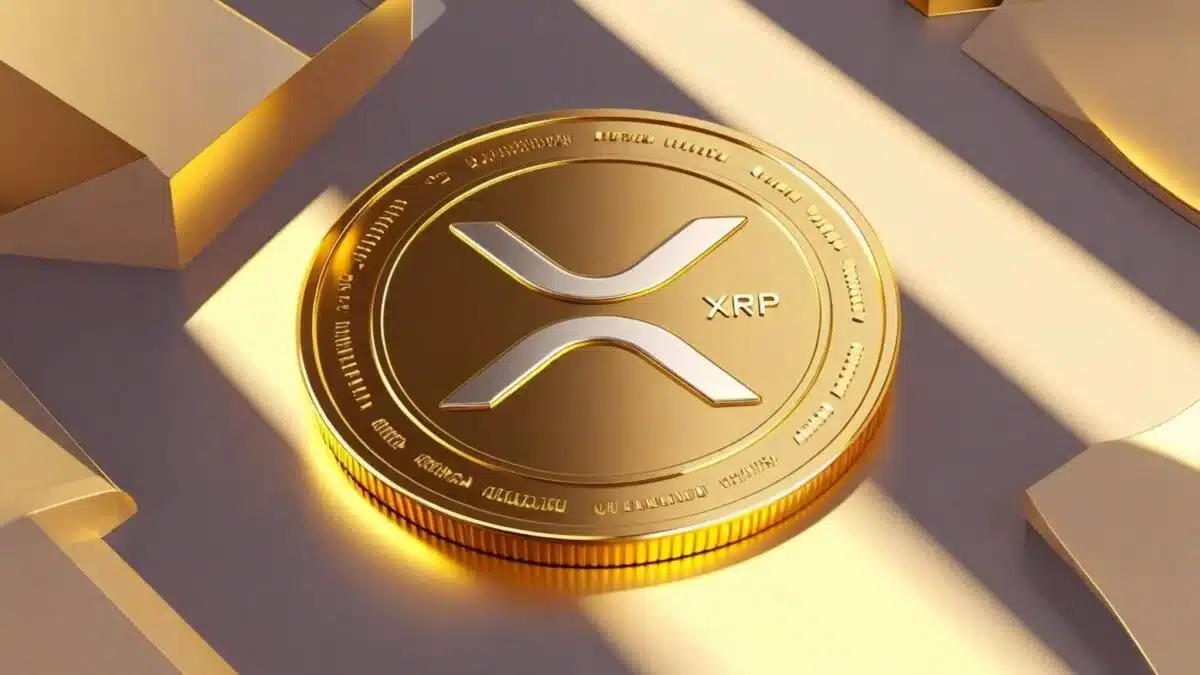- SWIFT’s blockchain move highlights XRP’s inevitable rise in global finance.
- XRP’s speed and compliance outshine Ethereum’s slow and costly blockchain.
- Ripple’s real-world infrastructure secures its place in financial transactions.
SWIFT’s recent announcement of a blockchain prototype developed in partnership with ConsenSys, the company behind Ethereum, has caused significant ripples within the cryptocurrency community.
While the move initially sparked excitement, pundits, including well-known analyst Pumpius, suggest this is more evidence that XRP is the inevitable solution for global financial transactions.
According to Pumpius, the push by SWIFT to incorporate blockchain technology highlights a growing recognition of the need for advanced, scalable solutions. Still, it also underscores that the traditional systems are quickly becoming obsolete.
Despite the buzz around SWIFT’s experiment with Ethereum-based blockchain, Pumpius points out that Ethereum’s limitations in terms of speed, scalability, and costs make it an impractical choice for replacing traditional financial infrastructure.
Ethereum’s centralization and slow transaction speeds present clear barriers to the adoption of a technology that must function at a global scale.
The expert believes that SWIFT’s move is simply a “Band-Aid fix,” a short-term solution to cover the cracks in its aging financial framework, rather than a game-changing leap forward.
Also Read: CoinsKid Warns: ‘XRP Could Be in Free Fall If This Happens’
🚨 PANIC IN THE RANKS?
When SWIFT announced a blockchain prototype with Consensys (Ethereum), some panicked.
But here’s the truth: This move only proves what we’ve been saying for years, the old guard is scrambling, XRP is inevitable. 🧵👇 pic.twitter.com/CxPYCIashl
— Pumpius (@pumpius) September 30, 2025
XRP’s Infrastructure Dominates the Market
In contrast to SWIFT’s exploratory efforts, Ripple’s XRP Ledger (XRPL) has already proven itself as an enterprise-grade solution. The XRP ecosystem is active across numerous regions, supported by over 100 financial institutions and regulators.
XRPL’s ability to settle transactions in just a few seconds at near-zero costs sets it apart from Ethereum and provides a viable alternative for cross-border payments.
This existing infrastructure gives Ripple an undeniable edge over SWIFT’s testing phase, which is still far from mainstream implementation.
One critical area where XRP shines is regulatory compliance. While SWIFT’s reliance on Ethereum faces significant challenges regarding Know Your Customer (KYC) and Anti-Money Laundering (AML) standards, Ripple has already integrated advanced solutions such as the DNA Protocol, which offers verifiable, privacy-preserving digital identities.
These tools ensure that XRP meets the necessary compliance requirements that regulators and financial institutions demand.
XRP’s Path to Global Adoption
Ripple’s ongoing expansion further solidifies the inevitability of XRP in the future of finance. With active partnerships and a growing number of corridors for cross-border payments, Ripple is already building the infrastructure necessary for a seamless global payment network.
XRP’s legal clarity in the U.S. and its compliance with the ISO 20022 messaging standard make it a preferred choice for financial institutions seeking a reliable digital asset to facilitate cross-border transactions.
While SWIFT experiments with blockchain, Ripple is deploying real-world solutions that are already transforming the financial landscape. The integration of stablecoins like RLUSD and the company’s ongoing banking license applications only add to XRP’s credibility as a long-term solution.
Therefore, as SWIFT grapples with a temporary blockchain fix, XRP’s real-world applications continue to move forward, proving that the future of cross-border payments is already in motion with Ripple at the forefront.
Also Read: XRP Price Plunge Amid Ripple’s CTO Announcement

